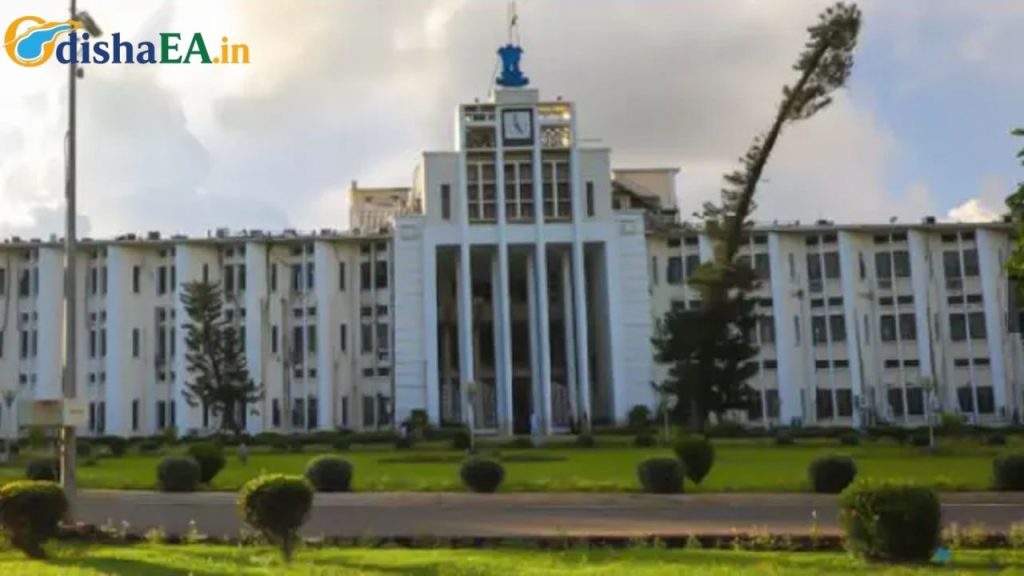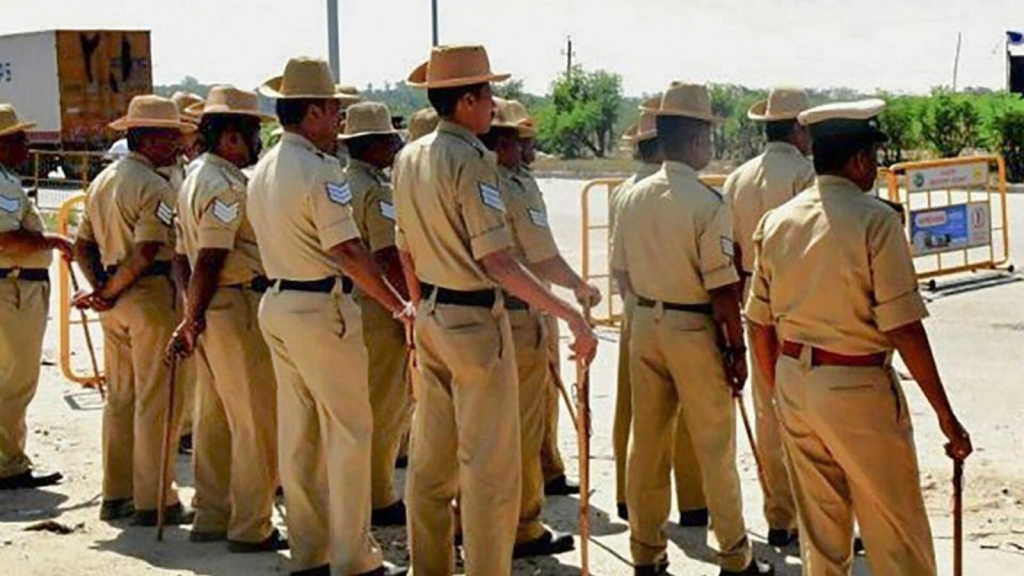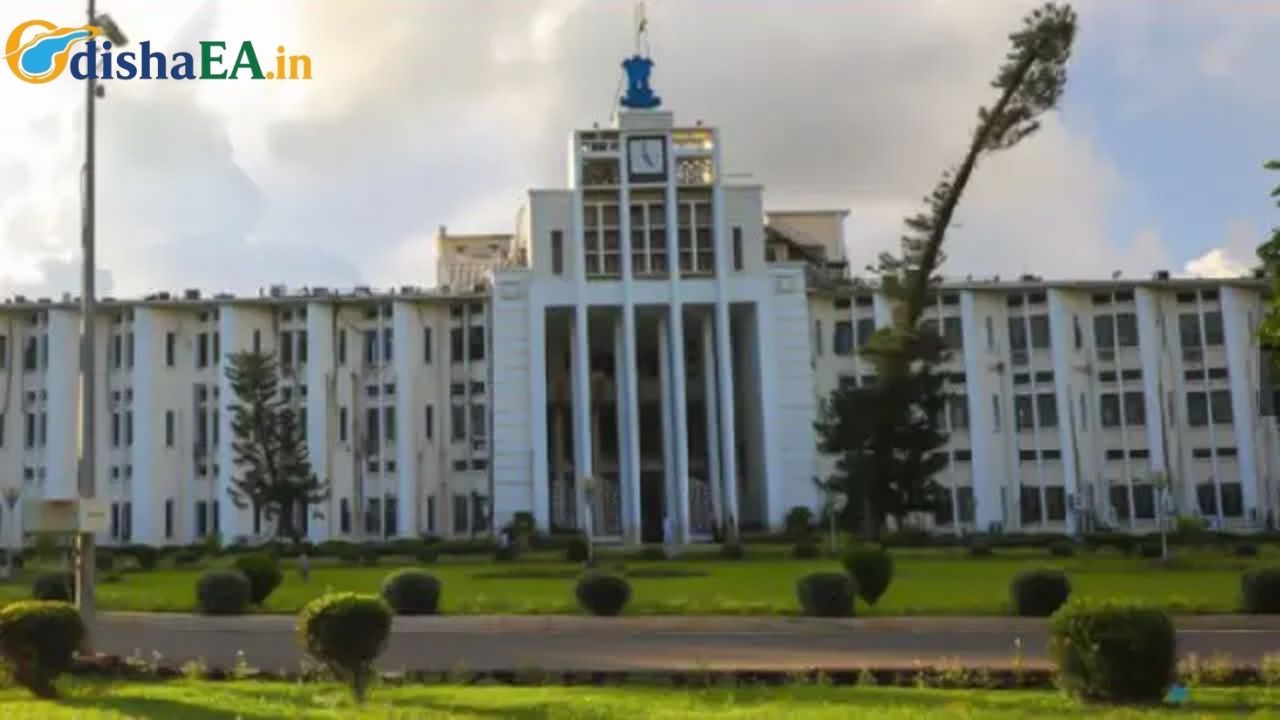In a groundbreaking move, the Odisha government has recently empowered mid-level police officers, specifically Sub-Inspectors (SIs) and Inspectors-in-Charge (IICs), to investigate, arrest, and prosecute cases under the Scheduled Castes and Scheduled Tribes (Prevention of Atrocities) Act, 1989. This decision is a game-changer in the pursuit of justice for marginalized communities, particularly those from the SC/ST groups. Traditionally, only senior police officers, such as Deputy Superintendents of Police (DSPs), were granted the authority to handle such sensitive and serious cases. This step by the Odisha government seeks to speed up the legal process and improve access to justice for these vulnerable groups.

As the country continues to battle caste-based discrimination and violence, this progressive move serves as a significant milestone toward ensuring that the rights of Scheduled Castes and Scheduled Tribes are upheld more effectively. Let’s break this down further to understand how this decision could impact the legal system and why it’s important.
State Empowers Mid-Level Police Officers
| Key Point | Details |
|---|---|
| State Involved | Odisha |
| Empowered Officers | Sub-Inspectors (SIs) and Inspectors-in-Charge (IICs) |
| Previous Authority | Only Deputy Superintendents of Police (DSPs) had the authority |
| Legal Framework | Scheduled Castes and Scheduled Tribes (Prevention of Atrocities) Act, 1989 |
| Goal | Speed up investigations and prosecutions in SC/ST atrocity cases |
| Impact | Improved access to justice for marginalized communities |
| Further Expansion | Other states like Karnataka and Uttar Pradesh have similar initiatives |
| Official Source | Times of India |
The Odisha government’s decision to empower mid-level police officers is a critical step forward in ensuring justice for Scheduled Castes and Scheduled Tribes. By taking swift action and implementing practical changes, the legal system can become more responsive to the needs of marginalized communities. This reform is part of a wider movement to make justice more accessible, timely, and fair for all. It’s a shining example of how local law enforcement can be empowered to bring about meaningful change in society.
What Does the New Decision Mean for Justice?
In simple terms, the Odisha government’s decision allows mid-level officers to take the reins in handling cases related to atrocities against Scheduled Castes (SC) and Scheduled Tribes (ST). This is a massive shift in the system, where senior officers traditionally shouldered the responsibility of investigating such cases. The primary aim of this change is to ensure that investigations into caste-based atrocities are conducted without delay, as well as making sure that justice is more accessible to victims, especially those in remote areas where higher-level officers might be scarce.

The Need for Change
The Scheduled Castes and Scheduled Tribes (Prevention of Atrocities) Act, which was passed in 1989, was designed to prevent atrocities and discrimination against these communities. However, despite the strong legal framework, delays in investigations and prosecutions have often marred its effectiveness. By empowering SIs and IICs, the government hopes to reduce the backlog of cases and speed up the legal proceedings. This is crucial, especially in a country like India, where caste-based discrimination remains a pressing issue.
How Does This Change Impact the Legal System?
This reform could be a pivotal moment in the fight against caste-based violence. Here’s a closer look at how this shift impacts both the legal and social systems:
- Increased Accessibility to Justice
With more officers now authorized to investigate these cases, victims of SC/ST atrocities will find it easier to have their cases heard. This accessibility is especially crucial in rural areas, where justice has historically been out of reach for many due to a lack of trained officers or logistical support. - Speedier Legal Proceedings
Traditionally, delays in caste-based atrocity cases have been a major issue. By allowing lower-ranking officers to investigate these cases, the hope is that they will be able to take immediate action. This could reduce the backlog in courts and lead to faster resolutions, which is vital for ensuring that justice is not delayed. - Empowerment of Local Law Enforcement
Empowering officers at the mid-level (SIs and IICs) provides them with the tools and responsibility to take action, which not only increases the accountability of law enforcement but also strengthens local police forces in dealing with sensitive and high-priority issues. - Improved Prosecution Rates
One of the critical issues in SC/ST atrocity cases has been the lack of timely and thorough investigations, which often leads to weak prosecutions. With more officers working on these cases, there’s a better chance of gathering compelling evidence, resulting in stronger cases in court.
What’s the Bigger Picture?
This change in Odisha is part of a larger effort across the country to strengthen the implementation of the Prevention of Atrocities Act and ensure that justice is served promptly. Other states, such as Karnataka, have set up dedicated police stations to handle such cases, ensuring that each case receives proper attention and is dealt with swiftly. In Uttar Pradesh, directives have been issued to police to ensure that investigations are evidence-based and time-bound, emphasizing the need for prompt filing of chargesheets.
Breaking It Down: How Does the Process Work?
To better understand how this change will affect the system, let’s look at how a typical SC/ST atrocity case might now unfold:
Step 1: Incident Reported
- A victim or witness files a report about the atrocity, usually at the local police station. With the new system, even a Sub-Inspector (SI) can take charge of the case immediately.
Step 2: Investigation Begins
- SIs and IICs are now empowered to conduct the investigation, gather evidence, and arrest the accused if necessary. In the past, this could have been delayed until a DSP was available.
Step 3: Chargesheet Filed
- Once sufficient evidence is gathered, the officers will file a chargesheet. This is a critical step to move the case forward to the court. Speed is key here, ensuring that the victim doesn’t have to wait for years to see justice.
Step 4: Court Proceedings
- With the case investigated by officers who are directly involved in the community, the proceedings can move much faster. It’s not just about police work; it’s about ensuring fairness for the victims.
Odisha Hosts High-Stakes SC/ST Conference Today: Decisions Could Reshape Policy
Odisha High Court Ruling Protects SC/ST Coparceners from Unauthorized Property Sales
New Youth President, New Problems: BJD Grapples with Growing Dissent
FAQs
1. What is the Scheduled Castes and Scheduled Tribes (Prevention of Atrocities) Act, 1989?
This is a legal framework aimed at protecting the rights of SC/ST communities and ensuring that they do not face violence, discrimination, or atrocities. It covers a wide range of crimes, including rape, murder, and economic exploitation.
2. Why are mid-level police officers being given this power?
This change is aimed at speeding up the investigation process and ensuring that cases are dealt with efficiently. By involving SIs and IICs, the system becomes more responsive, especially in rural areas.
3. Will this lead to a more significant reduction in caste-based violence?
While this is just one step in a broader effort, empowering local law enforcement will likely result in more timely and fair investigations, potentially leading to fewer instances of caste-based violence.





